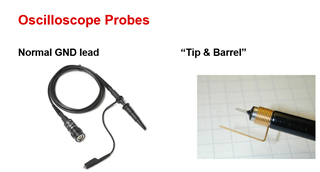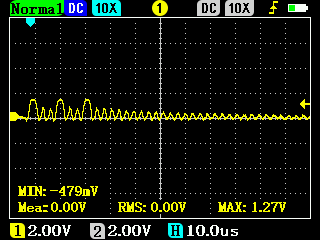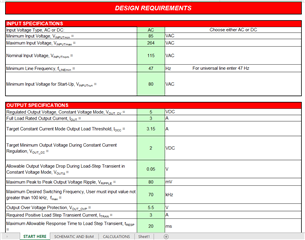I have a flyback circuit made with a UCC28740. Originally the circuit has to put out 3.3 V but it doesn't start by itself. Doing some tests I have realized that I have managed to get it to start but with a strange sequence.
First I make a short circuit at the output, which keeps it at 0 V, then touching the VS pin of the UCC28740 with a screwdriver, the integrated starts, and I see at the output a consumption of 1.14 A, more or less the short current that it should have. Then I remove the short circuit condition and the circuit stays perfectly working.
I understand that shorting the output somehow by forcing the output to 0V keeps the output discharged, something that must be influencing although I don't really know what.
Then the VS pin if I do not understand what is happening, I do not know what physical phenomenon does with the screwdriver that produces the start of the integrated.
If I don't do any of this, the UCC28740 stays giving the three pulses in the DRV gate that are typical of the start.










